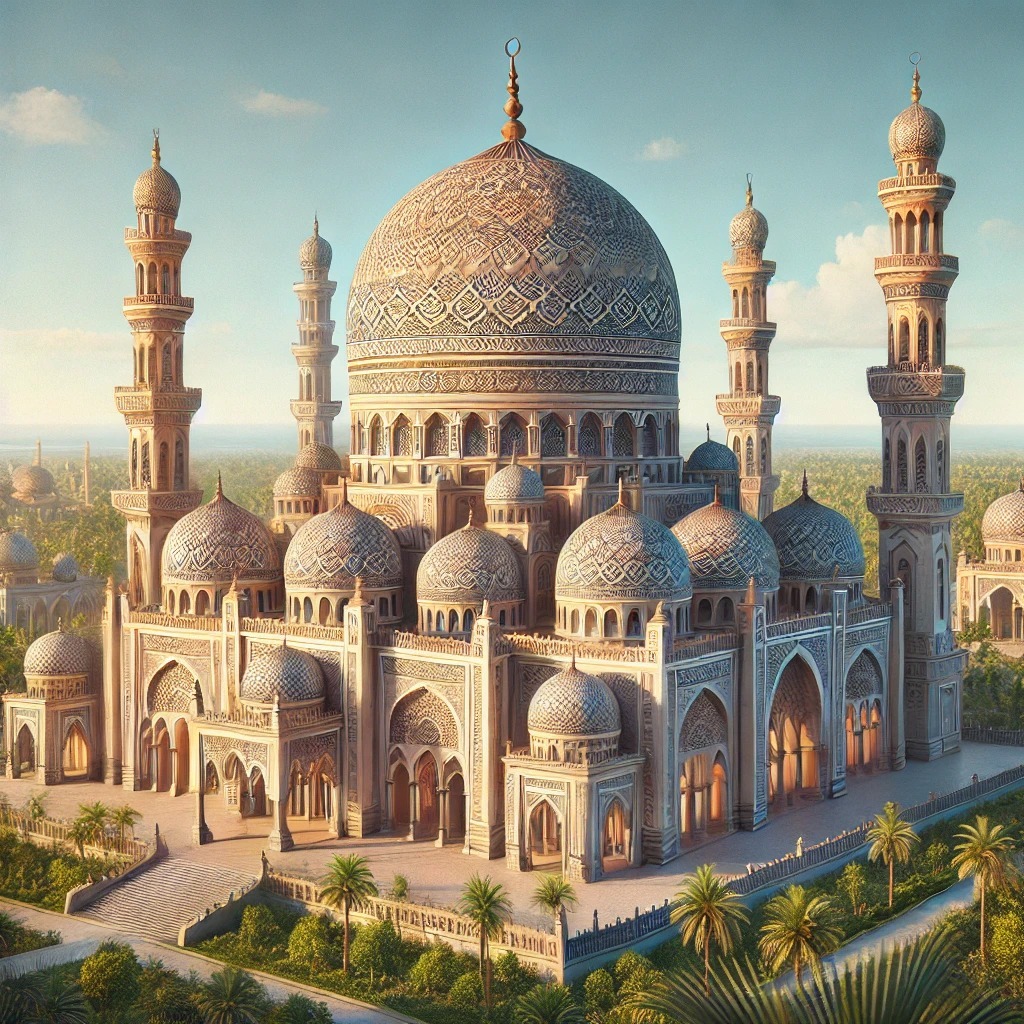


Masjid Mufti E Aazam Hind is a revered local mosque in the Zakhira neighborhood of Bareilly, Uttar Pradesh, named in honor of Mufti Mustafa Raza Khan Qadri (1892–1981), the esteemed Sunni scholar and leader of the Barelvi movement known as Mufti-e-Azam-e-Hind. Situated in the historic city of Bareilly—a longstanding center of Islamic scholarship since the 19th century—this modest yet spiritually significant site serves as a focal point for daily prayers and community gatherings, embodying the legacy of scholarly devotion and Sufi traditions that define the region's Islamic heritage.
Nestled in the bustling lanes of Zakhira, a locality within Bareilly's expansive urban tapestry, Masjid Mufti E Aazam Hind stands as a poignant testament to the enduring influence of Bareilly's Islamic scholarly lineage. Bareilly, often hailed as the cradle of the Barelvi school of Sunni thought, has long been a beacon for South Asian Muslims, drawing pilgrims and seekers to its mosques and shrines since the era of Mughal patronage in the 17th century. This particular mosque, bearing the name of Mufti Mustafa Raza Khan Qadri—revered as Mufti-e-Azam-e-Hind (Grand Mufti of India)—encapsulates the quiet reverence of local worship spaces that have sustained the city's spiritual vitality amid centuries of cultural flux. Mufti Mustafa Raza Khan, born on July 18, 1892, in Bareilly to the illustrious scholar Imam Ahmed Raza Khan (Ala Hazrat), inherited a mantle of profound erudition and activism. As the principal successor to his father's Barelvi movement, he authored seminal works in Arabic, Urdu, and Persian, including the multi-volume Fatawa-e-Mustafwia, a comprehensive compilation addressing thousands of Islamic jurisprudential queries. His tenure as Grand Mufti was marked by resolute defense of Muslim interests: he spearheaded the 1935 campaign to reclaim the Shahid Ganj Mosque in Lahore, declaring participation a religious obligation (fard), and in 1976, uniquely among Indian Muslim leaders, vocally opposed the government's coercive sterilization drives during the Emergency, safeguarding community autonomy. Khan's scholarly output and leadership fortified Bareilly's role as a bulwark against proselytization efforts like the Arya Samaj's Shuddhi movement, preserving the Sunni Hanafi tradition for generations. He passed away on October 14, 1981 (14 Muharram 1402 AH), drawing over 2.5 million mourners to his funeral in Bareilly, where he was interred beside his father at the Ala Hazrat Dargah—a site that underscores the mosque's deeper ties to the city's sacred geography. Though not an ancient edifice like Bareilly's iconic 17th-century Budaun Gate Mosque or the ornate shrines dotting Rohilkhand's landscape, Masjid Mufti E Aazam Hind emerged in the wake of Khan's demise, likely in the early 1980s, as a dedicated space to honor his contributions. Its architecture, typical of post-independence North Indian mosques, features simple minarets and arched prayer halls suited to the modest scale of Zakhira—a residential enclave near Baljati, where the post office serves as a postal hub under pincode 243003. The mosque's interiors, adorned with calligraphic inscriptions evoking Quranic verses and invocations of the Prophet Muhammad (PBUH), foster an atmosphere of introspective piety. Daily congregations here reflect the Barelvi emphasis on devotional practices, including milad recitations and fatiha offerings, drawing locals from Malookpur and surrounding wards like Gulab Nagar and Koharapeer. Geographically anchored at 28.3611° N, 79.4048° E, the mosque occupies a strategic perch in Bareilly's northern quadrants, mere kilometers from the Ramayana Trail's forested fringes and the bustling Bareilly Junction railway hub. This positioning integrates it into the city's historic Islamic fabric, where mosques have historically served as nodes of education and resistance—from the 1857 Revolt's clandestine assemblies to 20th-century fatwa councils. Today, Masjid Mufti E Aazam Hind continues this legacy as a community anchor, hosting modest madrasa sessions for youth and annual observances of Khan's Urs-e-Noori (commemorating his death anniversary on 14 Muharram). In an era of rapid urbanization, it remains a serene enclave, reminding visitors of Bareilly's role in weaving India's pluralistic Islamic heritage—one prayer call at a time.
Year of Built: Not Available
Address: 9C63+CWM, Zakhira, Bareilly, Uttar Pradesh 243003
Country: India
State: Uttar Pradesh
District: Bareilly
Pincode: 243003
Longitude: 79.4048° E
Latitude: 28.3611° N